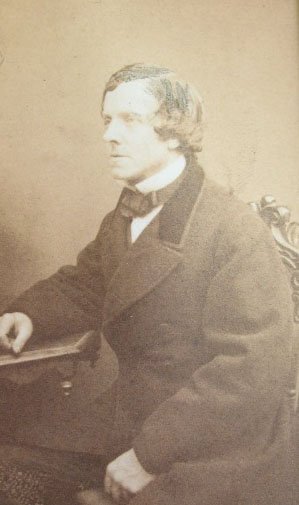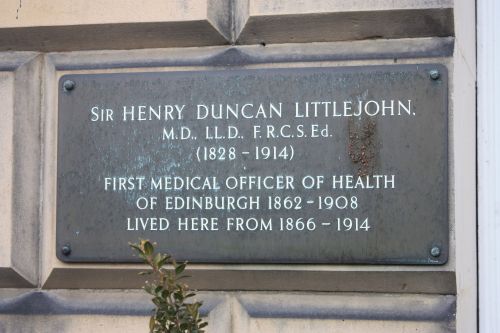#public health official
Henry Duncan Littlejohn was born in Edinburgh on May 8th 1826, Littlejohn is one of two Edinburgh men that are quoted as being an influence in Arthur Conan Doyle’s formation of the character Sherlock Homes.
Henry was educated in Perth before The Royal High school and the Edinburgh University studying medicine and graduating with distinction in 1847.
It’s quite a topical post given that Henry Littlejohn, whose appointment as the first Medical Officer of Health for Edinburgh was the first appointment of its kind in Scotland. He pioneered compulsory notification of infectious disease in Edinburgh leading to the introduction of such notification throughoutt Britain. The resultant mapping of diseases allowed active prevention and led to significant reduction in mortality during the 50 years of his office. He also achieved distinction in Forensic Medicine as an expert Crown witness for most of the major Scottish trials in the latter half of the 19th century.
Eloquent and erudite, he was regarded as an outstanding teacher amidst Edinburgh contemporaries who included some of the greatest medical teachers in the world.
In 1879 due to his influence a clause was included in the local Police Act requiring such notification giving Edinburgh the lead to the whole of Great Britain. This was to prove one of the major advances in public health of the 19th century. His “Report on the Sanitary Condition of the City of Edinburgh” proved a blueprint for social reform. It clearly demonstrated the effect of population density on the spread of disease and mortality. He was able to define the incidence of dip patients throughout the city and demonstrated a clear correlation between deprivation, disease and mortality. His proposals to improve this included recommendations about building, sewage, water pollution and limiting overcrowding. The Town Council were responsive to his recommendations and demolished many aging properties which had become dangers to health.
By the time of his retiral in 1908, after 46 years of service, mortality rates in Edinburgh from infectious disease had halved. Largely as a result of his efforts cholera and typhus had disappeared and smallpox had become a rarity.
The other inspiration I mentioned earlier, for Sherlock Holmes gets a mention here in this article about both him and Liltlejohn
Post link


